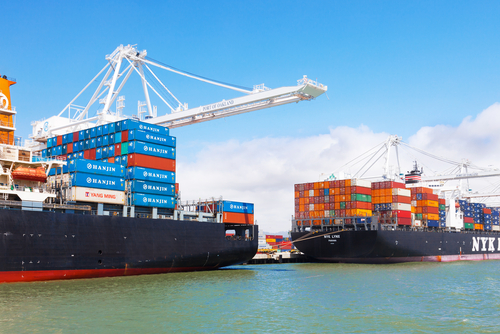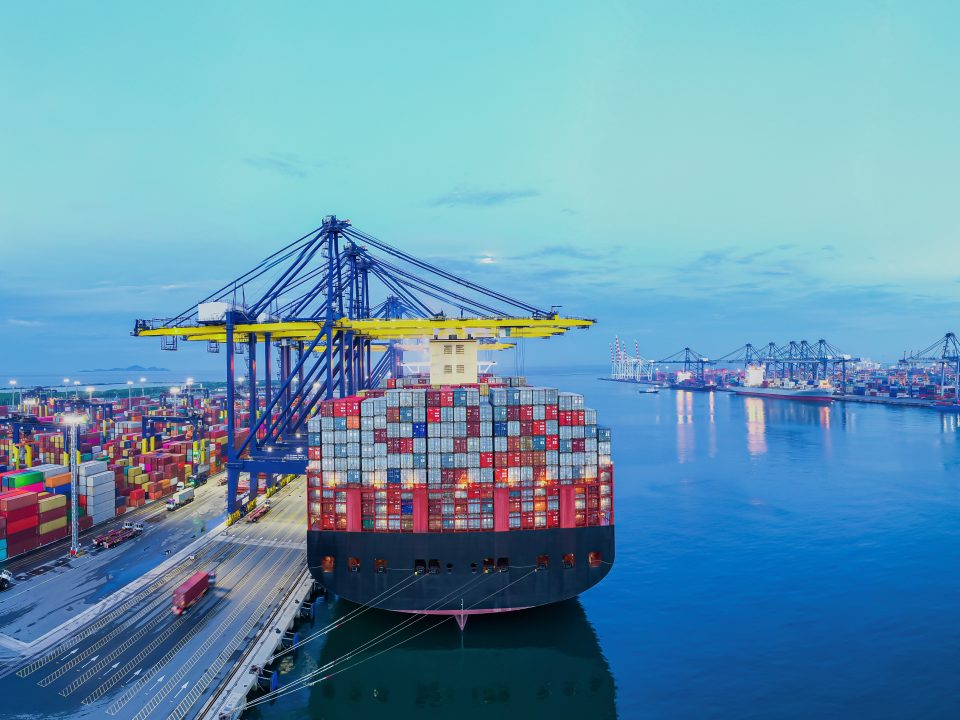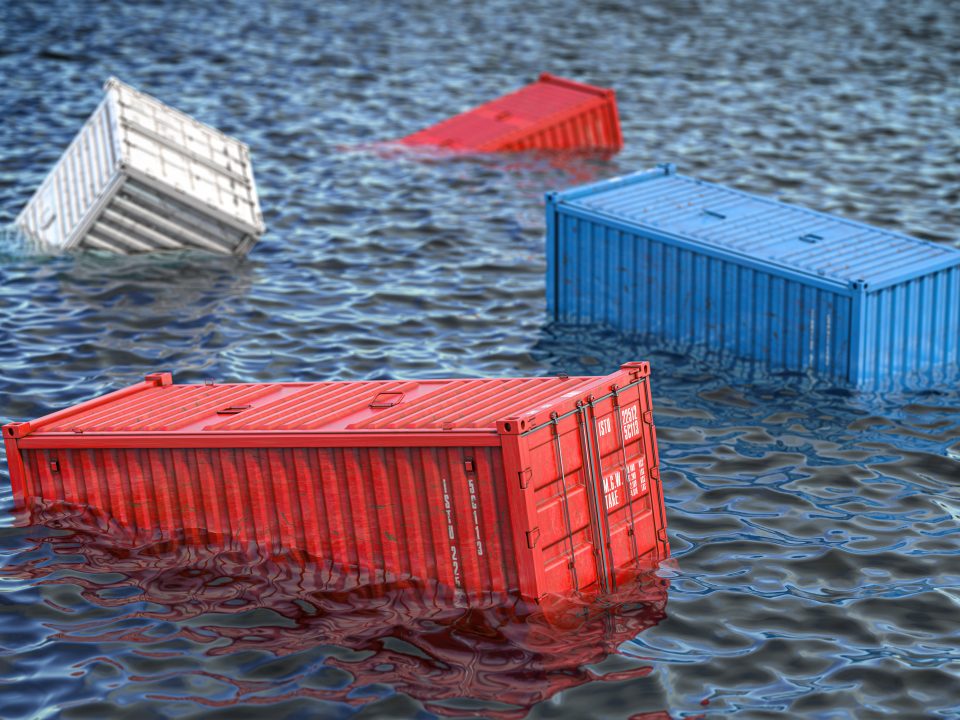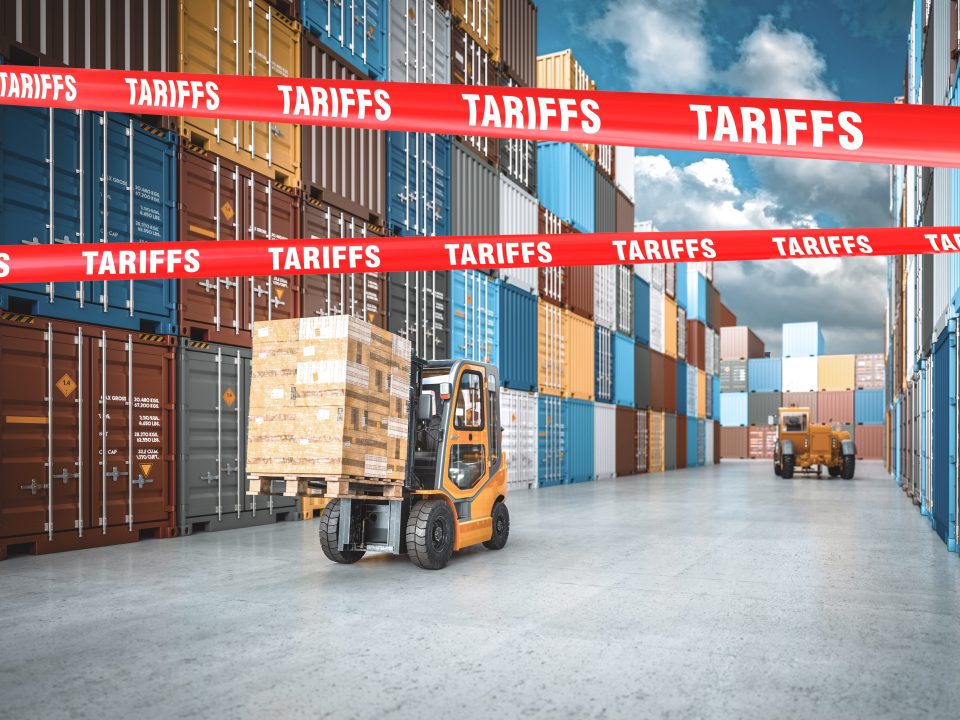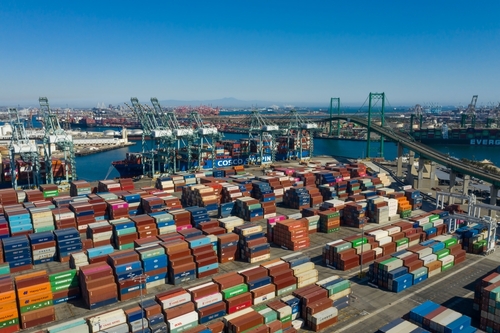
Fees That May Trickle Down to Shippers and Importers
August 10, 2022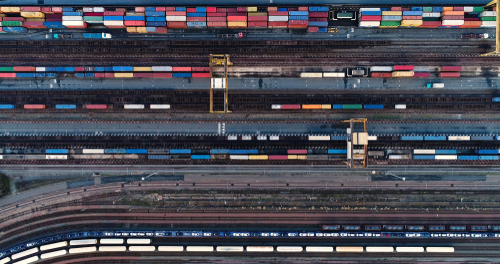
Vessel Cargo and Rail Update
August 22, 2022On Dock Dwell Time
On Dock Port Congestion Could Realize Additional Improvement
The consumer shopping spree experienced during the ebb of the pandemic has been slowing down. Current inflation highs for most products, zero federal stimulus checks issued, coupled with sky high gasoline prices have handed retailers a slowdown of goods being purchased by consumers. It should result in reduction of on dock congestion at U.S. major seaports if consumers continue to pull back on spending. Over time, economists and trade experts anticipate fewer containers will arrive by fall as shippers and importers are anticipated to reduce their importing volume.
Major ports reported an increased number of containers that arrived in June 2022, with slight increases compared to the previous year’s high for July. However, it is suspected the recent data is a result of retailers placing purchase orders based on last year’s metrics without factoring in a slowdown. It has been reported that retailers are placing fewer orders with factories in part because they remain holding excess inventory. Concern regarding the economy will continue to push companies to slow down their ordering.
Proposed Mojave Inland Port
On August 9, 2022, The Kern County Board of Supervisors voted to issue a proclamation in support of Pioneer Partners’ Mojave Inland Port. A private holding company proposes to break ground in 2023 to build a 400–acre facility inland port located 90 miles from the twin ports of Los Angeles and Long Beach. The planned usage would offload containers from the twin port container ships onto shuttle trains for direct transport through the existing Alameda Train Corridor and directly move containers to the Mojave Port where they will be distributed. While this concept of moving containers may be new to California, it is being used by other large ports, such as Rotterdam, London, and Singapore. By shifting more containers from the ports onto rail, it is anticipated it will reduce the amount of time trucks currently wait at the ports and reduce air pollution in the Los Angeles Basin. According to the developer, it will shorten vessel dwell times at the marine terminal, increase vessel efficiency, reduce container demurrage, and will expedite the receipt of goods to the ultimate consumer as well as other positive benefits. The proposed project is anticipated to have capacity to handle three million containers a year.
Please contact your Western Overseas representative with any questions.


